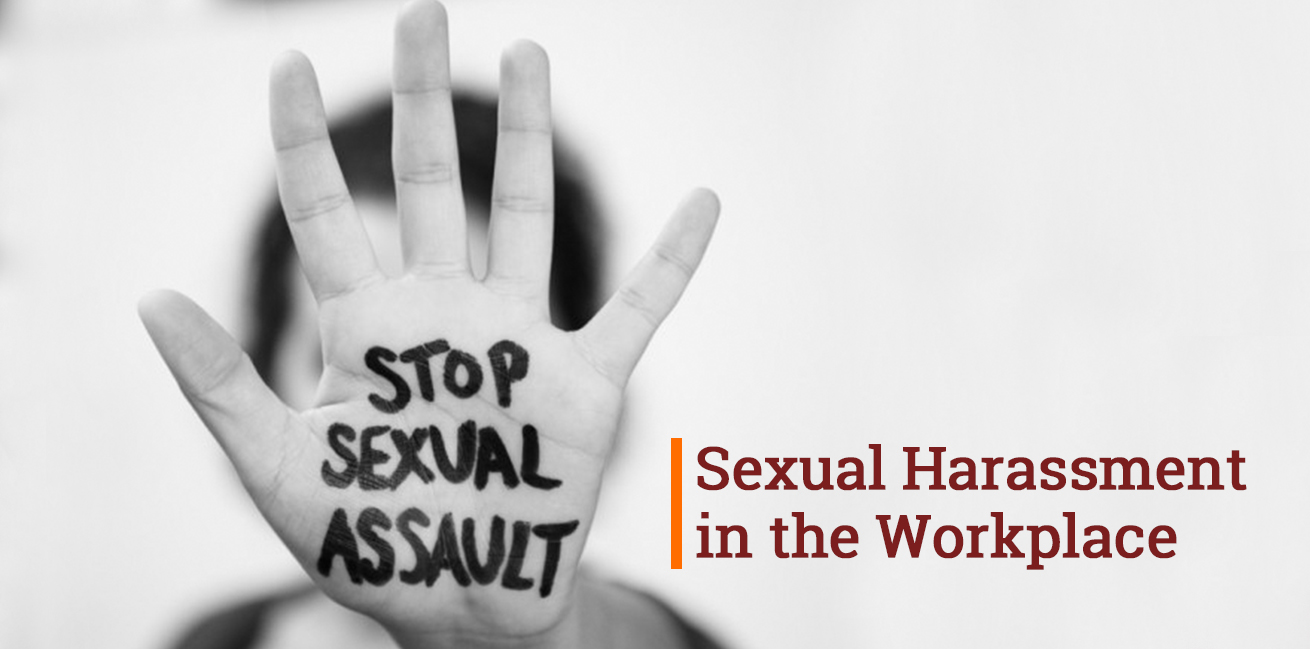Sexual Harassment at Work
Sexual harassment at work can often be a tricky subject to speak about. Many may have seen or heard it take place and countless will have been a victim of it. Worryingly, a large amount of people are unaware of what sexual harassment actually is. In a survey conducted on 2,235 women, 16% answered ‘no’ when asked if they had been sexually harassed at work but then went on to say ‘yes’ to experiencing sexually explicit or sexist remarks.
We are going to look at what actually amounts to sexual harassment and what rights in law you have as a victim of sexual harassment at work. Whilst the study we are discussing only surveyed women, it is important to remember that men can also be sexually harassed.
Sexual harassment is classed as a form of Discrimination under the Equality act 2010. However sexual harassment is not always easy to spot. Sexual harassment is when someone behaves in a way that makes you feel distressed, intimidated or offended and the behaviour was of a sexual nature.
What constitutes sexual harassment?
Below we have listed some of the ways that sexual harassment commonly occurs.
Verbal:
- Comments about appearance, clothes, body etc
- Indecent remarks
- Questions or comments about sex life or sexual orientation
- Request for sexual favours
- Sexual demands
- Promises of threats concerning a person’s employment conditions in return for sexual favours
Non- Verbal:
- Looking or staring at a person’s body
- Displays of sexually explicit material such as calendars, pin ups and magazines
Physical:
- Touching, pinching, hugging, caressing, kissing or forms of physical contact that you did not consent to
- Sexual assault or advances
- Rape

What can you do about sexual harassment at work?
Experiencing sexual harassment can leave victims feeling a range of emotions and the context that these occurrences happen within can often exacerbate these feelings. If the perpetrator is a colleague or even an employer, speaking up about their behaviour may seem out of the question and for this reason so many have suffered through sexual harassment in silence. Below we have listed some of the steps that you can take if you ever find yourself a victim of sexual harassment at work, or indeed anywhere else:
- Speak to the perpetrator, make them aware of how you are feeling and state that you want the behaviour to stop
- It is important to speak up straight away, but it is also important to keep a record of the incident or incidents so you have evidence should you need to take the issue further
If the behaviour continues, or you do not feel comfortable enough to speak to the person yourself then approach your manager. All companies should have a procedure in place for any situation like this so follow it.
When can you take a case to a tribunal?
- If the harassment continues after you have told the perpetrator to stop and reported it to your employer
- If the harasser owns the company and there is no one else to complain to
- If you are not happy with the way the investigation was held by the company or you are not satisfied with the outcome
Some interesting statistics surrounding sexual harassment at work:
- 1 in 3 women aged 18 to 24 have been sexually harassed at work.
- Fields with the highest reported sexual harassment:
- Food and hospitality: 42%
- Retail: 36%
- Legal profession: 30%
- The field with the lowest: Health care: 21%
71% of the women who experienced sexual harassment at work did not report it. Of the 29% who did, 15% felt as though it was not handled fairly. The Statistics in this blog are sourced from a Cosmopolitan survey of 2,235 women in part time and full time employment.


